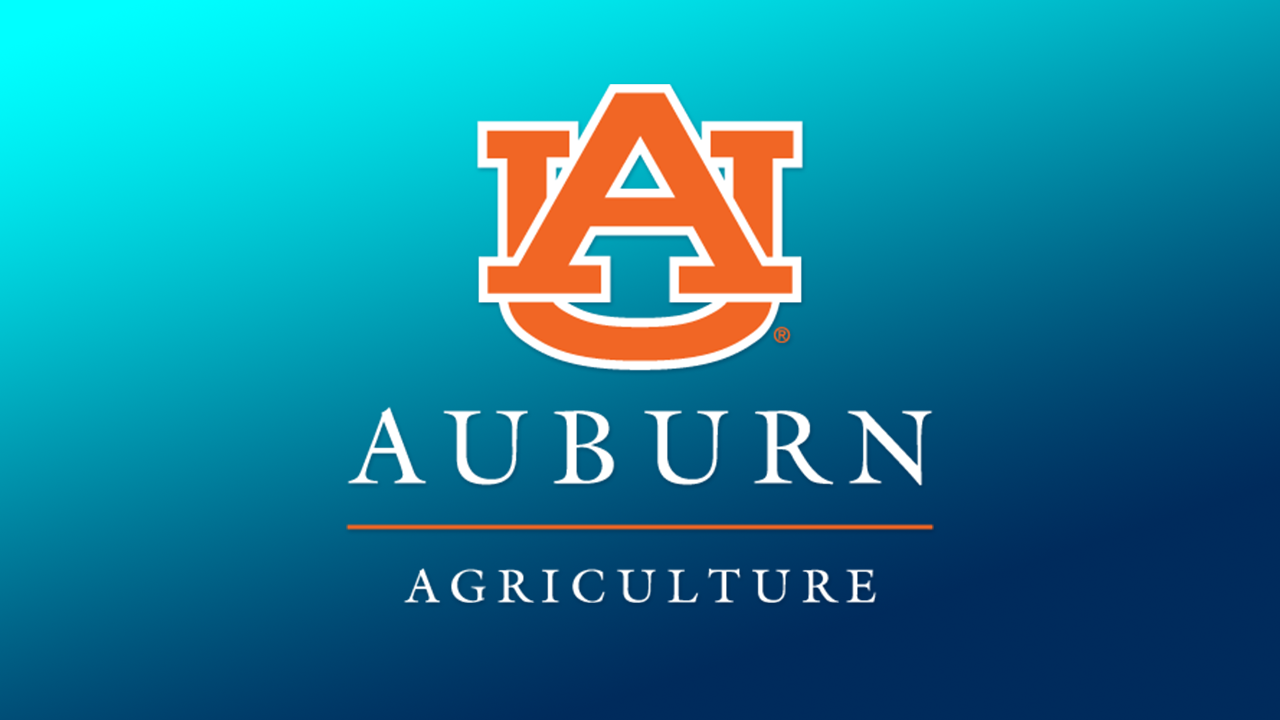Alabama Fish Farming
Center History
AFFC History
1982-2007 — THE FIRST 25 YEARS
The Alabama Fish Farming Center was a unique creation that came into being in 1982. It was conceived by a group of catfish farmers in west Alabama as a solution to a problem that a nascent catfish industry was having concerning a lack of technical assistance close by to help them raise their fish. Specifically, they needed help with fish health management, water quality management, fish farm management, fish farm layouts, and pond designs. Unfortunately, the technical expertise in these areas was dispersed in different parts of the state, not convenient for the farm-raised catfish industry of west Alabama. Working with their local state legislators, they obtained a line item appropriation of $200,000 to be given to the Alabama Soil and Water Conservation Committee (SWCC) in Montgomery. The SWCC in turn contracted with the Alabama Agricultural Experiment Station to hire a Fish Health Specialist with Auburn University’s Fisheries Department, with Alabama Cooperative Extension System to hire an Aquaculturist with Auburn’s Fisheries Department, with the USDA Soil Conservation Service to hire an Agricultural Engineer, and with the Hale County Soil & Water District to hire an Administrator and Technician. Newly hired personnel were all housed in one building in Greensboro and it was named the Alabama Fish Farming Center. The SWCC was the parent agency and allowed this loosely organized entity flexibility that made it very effective in meeting the needs of the rapidly growing catfish industry in west Alabama. There were approximately 6000 acres of catfish at that time. This is how the support structure for the Alabama Fish Farming Center was configured from 1982 until 2007.
2007-17 — THE NEXT 10 YEARS
By 2000, there were 25,000 acres of catfish ponds in Alabama with about 200 producers. But the recession of 2002 and 2003 caused a budgetary crisis for the State of Alabama and in 2004 the SWCC was delivered a 25% cut in their budget. The Alabama Fish Farming Center in turn suffered a 75% cut from its parent agency. As there was no new pond construction due to the recession and burgeoning import competition, the USDA removed its engineering support from the Fish Center. Consequently, Auburn University stepped into the budgetary void to maintain the Center’s services and due to the continued budgetary shortfalls in 2007, Auburn University officially took control of the Alabama Fish Farming Center. Due to the flood of foreign imports, the industry continued to contract. Alabama acreage had fallen to between 17,000 and 18,000 acres and had seemed to stabilize there with about 75-80 farms. The Center added an Agricultural Economist to the staff in 2005, but the program was discontinued in 2013. In 2017, a full-time faculty research position was added to the staff as the Center had become more research-oriented.
1992-2017 — THE RICHARD AVERY BUILDING
The Center was originally housed in a refurbished farmers market on Hwy 69N in Greensboro in 1982. By 1990, the demands on the Center’s services made the original building no longer adequate. A retired Hale County Probate Judge named Richard Avery took on the task of building a new facility that was designed and dedicated exclusively for use by the Fish Center. Procuring an interest-free loan from the Farmer’s Marketing Authority and using inmate labor from the minimum security State Cattle Ranch, he leveraged contributions with in-kind donations to build a new 6500 sq. ft facility. The Alabama Fish Farming Center Staff moved into the facility in the fall of 1992. The building is named after Richard M. Avery.
Alabama Aquaculture
Research Projects
Personnel
History
Newsletters
Contact
Hours
Monday – Friday
8:00AM – 4:30PM
Except Univ. Holidays

